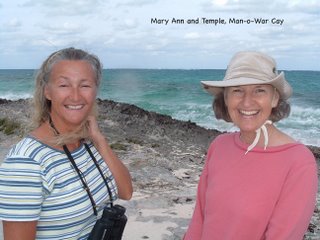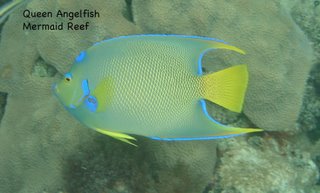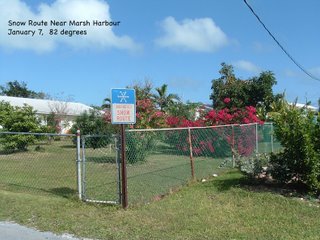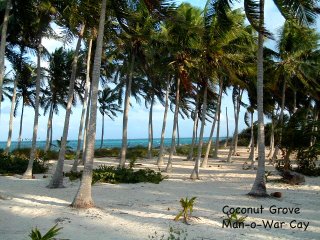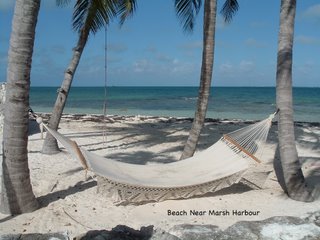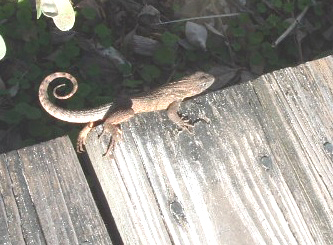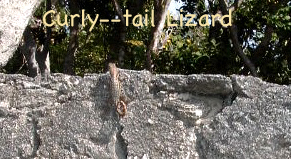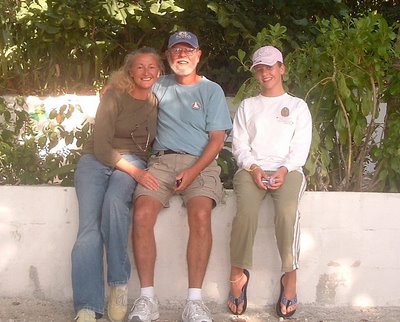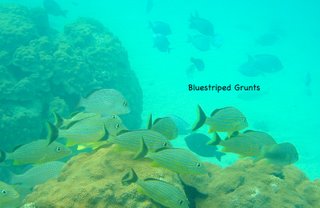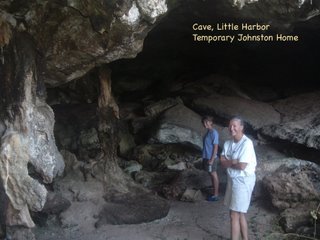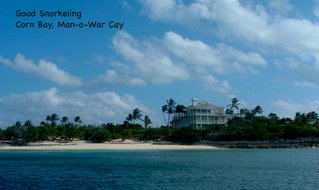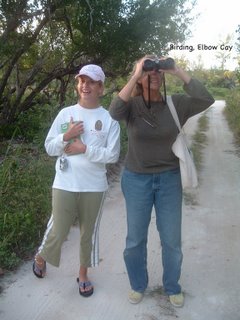Sailing through the Ocean to a Cay with No Name and Come Back Fr. Wah Jah



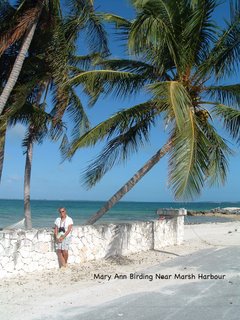
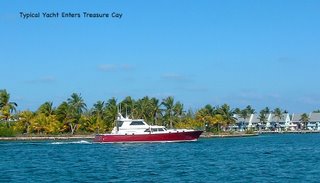


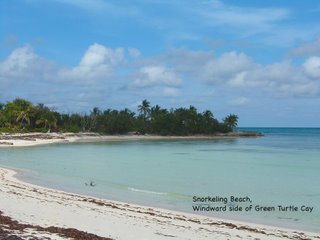
This has been a very good week for the crew of the Peregrine. We started out in Marsh Harbor to fill our propane tank and pick up our mail. Sarah sent us a box of mail and other items on December 15 (air mail - $22 postage) and it took exactly one month to arrive here. Postage due upon receipt $25.
On Tuesday, we sailed through the Whale Cay passage to Green Turtle Cay, which we had visited briefly early in our Bahamas sojourn. In order to traverse the Whale Cay passage, one has to sail out into the ocean through an opening in the reef, past Whale Cay and then come back onto the Little Bahamas Bank through a relatively shallow cut. We have made a point of doing this only when conditions are relatively calm, because the passage is no joke. Northerly winds generate a “rage” condition when the ocean swells break all across the shallow opening; boats and lives have been lost. Even heavy and powerful ships are vulnerable. In 1986 for instance, a freighter broke up here with the loss of a crew member and the captain’s 13-year old daughter. We made it fine on Tuesday , but we keep in mind that the sea is great and we are small.
This week we spent some time in a tropical paradise just south of Green Turtle Cay near Pelican Cay and No Name Cay. There is only one home on Pelican Cay and the much larger No Name Cay is uninhabited; long white beaches, colorful fish, a couple of reefs and a mysterious lagoon. We had the whole area to ourselves.
I collected a French grunt off the beach of No Name Cay for Annie’s fish dissection assignment. Annie was unenthusiastic about this dissection, so Mary Ann and I made the first incisions, but soon Annie was digging around in the eye searching for the fish lens, which was hard, bright, and spherical.
On Thursday we treated ourselves to a golf cart rental and discovered areas of Green Turtle Cay that we had previously not seen, including a public picnicking area on he windward, ocean side of the island and narrow roads cut through white coral.
On Saturday back to Treasure Cay for weekly mass (held here on Saturday at 5:00 PM). The same priest ministers to much of the Abacos, including: Hopetown, Marsh Harbour, and Treasure Cay. After knowing him for several weeks, we find we have been mistaken about his name. After our first visit to St. Francis Church in Marsh Harbour, I asked Paul, the Haitian shuttle driver, the priest’s name.
“Wah Jah,” he answered.
“Wah Jah,” I asked?
“Wah Jah!”
“I see, it’s Wah Jah.”
We were in agreement; the priest was named Wah Jah, and we were cool (or perhaps down) with that. After future masses we addressed him as Fr. Wah Jah. He smiled and answered to Wah Jah. With other parishioners, we referred to him as Fr. Wah Jah.
Now we learn that his name is Roger (a name I can successfully pronounce), but we have been using the Haitian immigrant pronunciation of Roger, i.e. Wah Jah. Unfortunately, I don’t think we can pass as Haitian immigrants, and I wonder whether we might have offended Fr. Roger.
We learned last night that Fr. Roger has taken some weeks off to return to his home in the Philippines. We hope this break was not necessary due to the stress of being frequently called Wah Jah, not only by the Haitian immigrants, but by white folks pretending to be Haitian immigrants. We hope he returns to his good work here.
